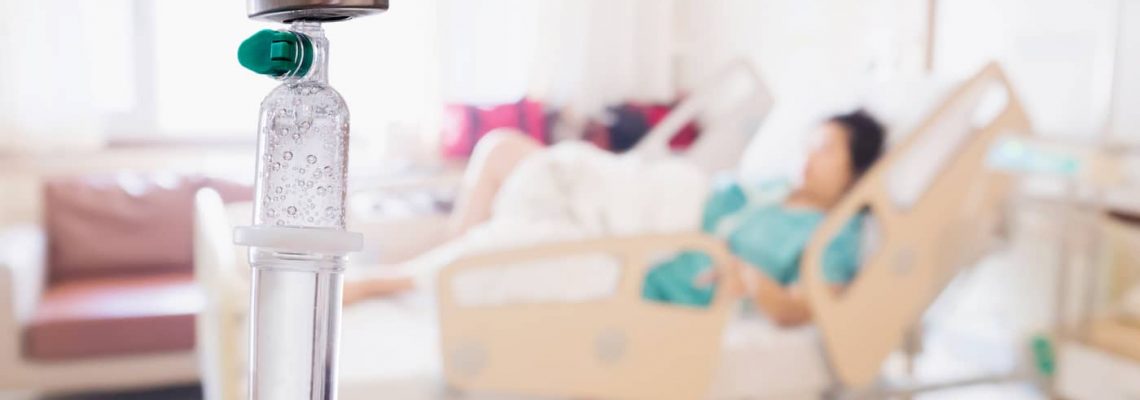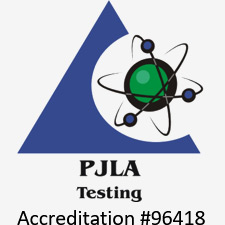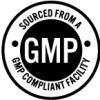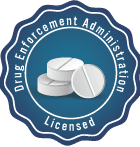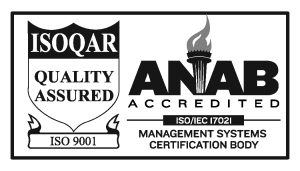What is a Toxicological Risk?
Toxicological risk measures the probability of an adverse effect being caused by a given compound. This covers effects such as skin irritation from topical treatments to more serious risks such as a material being carcinogenetic or fatal if ingested.
The severity and type of toxicological risk depend somewhat on how the compound will be used. Compounds used in devices that will be used under the skin have stricter toxicological risk assessment as the toxicological risk is more significant for small concentrations of compounds for internal use.
A toxicological risk assessment should describe all aspects of toxicological risk, including safe exposure limits in concentration and time. Performing a complete toxicological risk assessment is critical in approving any new medical device and can be time-consuming and costly if not handled with expert care.1
The 4 Steps in Toxicological Risk Assessment
There are four main steps in toxicological risk assessment.2 The first is Hazard Identification. Hazard Identification in a toxicological risk assessment means identifying any compounds that may pose a risk, no matter how slight.
Part of the hazard identification process in a toxicological risk assessment is also identifying the nature of the hazard – is it carcinogenic, neurotoxic, or flammable? The nature of the hazards is essential as, depending on the device’s intended use, different risks need to be screened for.
Next in the toxicological risk assessment is the dose-response assessment. This is about understanding what compound level could cause a toxic response and what conditions may be necessary to achieve this.
The exposure assessment involves looking at the population that might be exposed to the chemical undergoing the toxicological risk assessment. Many medical devices only pose a local risk to the individual patient, but others could potentially come into contact with other people who may also be vulnerable.
The final stage of the toxicological risk assessment is risk characterization. This stage is about understanding how likely particular hazards are to occur and how severe the effect of a potential hazard could be. The risk characterization is where the results of the toxicological risk assessment are expressed and any potential uncertainties in the risks or estimates of the magnitude of risk.
Critical Applications of Toxicological Risk Assessments
Toxicological risk assessments are an essential part of developing any new medical treatment or device. Whether new or existing materials are being used, compounds must be evaluated to see whether existing safety data can be used instead of further testing.
To find a partner to guide you through the toxicological risk assessment process, contact Jordi Labs. Jordi Labs have extensive experience in biological safety guidance and toxicological risk assessments and can help you navigate the testing process.
To find out how bringing in an expert partner like Jordi Labs can help you accelerate the creation of your essential toxicological risk assessments, get in touch to find out more about the range of testing services and expert advice that Jordi Labs can offer.
- FDA (2022) ISO 10993-1, https://www.fda.gov/regulatory-information/search-fda-guidance-documents/use-international-standard-iso-10993-1-biological-evaluation-medical-devices-part-1-evaluation-and, accessed May 2022
- National Research Council (US) Committee on Applications of Toxicogenomic Technologies to Predictive Toxicology. Applications of Toxicogenomic Technologies to Predictive Toxicology and Risk Assessment. Washington (DC): National Academies Press (US); 2007. C, Overview of Risk Assessment. https://www.ncbi.nlm.nih.gov/books/NBK10201/

